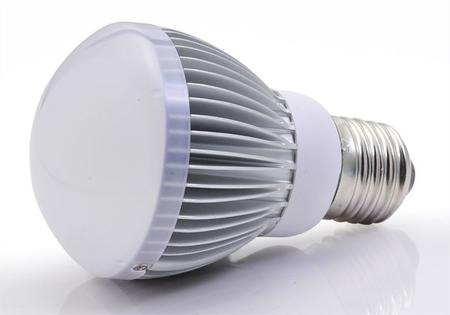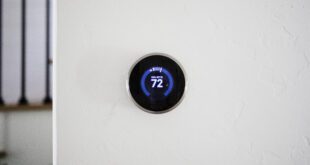Energy efficiency programs to help utility customers save energy (and money) have dropped markedly in cost, and they’re cheaper than building new power plants to meet electricity demand, according to a new analysis from the Lawrence Berkeley National Laboratory (LBNL). The findings are a fitting tribute to Art Rosenfeld, the Berkeley Lab scientist and “godfather of energy efficiency” who died at age 90 last week.
Energy efficiency programs such as appliance rebates, incentives for retrofits and upgrades, low-income assistance, and educational initiatives–which are designed to avoid energy waste and smooth out demand–have been growing in recent years. LBNL researchers noted, for example, that the use of home energy reports—those sometimes rattling updates, that you can access online or find on your bill, and show you how your power consumption compares to neighbors with similar homes—more than tripled between 2011 and 2013, which has made customers more aware and interested in saving energy to lower their bills.
The researchers looked at data trends from more than 1,600 efficiency programs at investor-owned utilities across 36 states, finding that every kilowatt hour saved cost the utility 2.8 cents on average. That’s a great deal because it’s just over a fourth of what the average American pays for every kilowatt-hour of electricity, and far less than the power the utility would have to pay if it came from a new coal plant that it had to build. In other words, since the cost of saved energy is lower, the customers not only get the savings from not using that energy, but they pay less for the energy they use—all of which adds up to even smaller electric bills.
Utility costs for efficiency matter to customers, because they’re the ones funding such programs through their electric bills, just as they pay for generation from power plants. Which price would you rather your utility pay for procuring your electricity?
The LBNL study released last month found that between 2009 and 2013, the cost of saving energy dropped by more than a third. The work is part of a series of reports that began a few years ago on customer-funded energy efficiency efforts. Though the latest study didn’t analyze the resulting benefits of the programs, we know that energy efficiency measures already have helped California, alone, avoid $90 billion in utility bills and created thousands of jobs.
Why these trends matter and what they found
Energy savings costs were found to be lower for administrators of the larger, more comprehensive programs, where the administrator had been pursuing energy efficiency opportunities longer and tended to have more experience. This resulted in an average cost per kWh of 2.2 cents compared with 2.8 cents found in the study overall. This is significant since these same administrators are likely to have already tapped the least costly savings so one would expect the opposite result. These trends help us understand what costs to expect as electricity savings targets rise—and the long-term trends are encouraging.

The low-cost figures for lighting programs to save energy surprised lead researcher Ian Hoffman, who said during a presentation that some observers expected to see a steep increase during the period examined, considering that 2012 marked the first phase of federal lighting standards and raised the baseline for calculating savings. But the average utility outlay to promote smart home lighting was 1.5 cents a kilowatt hour and saw only modest increases between 2009 and 2013, LBNL found. That “augurs well for a resource that historically has supplied a very large share of low-cost electricity savings,” Hoffman said. After all, LED light bulbs can use up to 90 percent less energy than the old incandescents and last up to 25 years.
While overall program costs went down on average, they didn’t go down uniformly. Differences emerged between residential sector efficiency programs, which saw a more than 50 percent drop in cost over five years, and commercial/industrial programs, where costs were relatively flat.
At the top level, Hoffman said, there hasn’t been a great deal of change in the cost of saved energy. Was it because utilities learned to be more efficient themselves as they administered the programs? Did they realize economies of scale by getting more customers to participate? Did they form valuable partnerships? More research would be needed, he said, to get insights into those questions.
The bottom line
The research confirms yet again that, as utilities face critical questions about how to meet their customers’ energy demand in the face of climate change, and as our policy makers look for ways to add jobs, energy efficiency is a resource that must be made a priority. The affordability of your electricity bill depends on it, as does our planet.
 Alternative Energy HQ solar power for homes, wind energy, and bio fuel issues
Alternative Energy HQ solar power for homes, wind energy, and bio fuel issues








